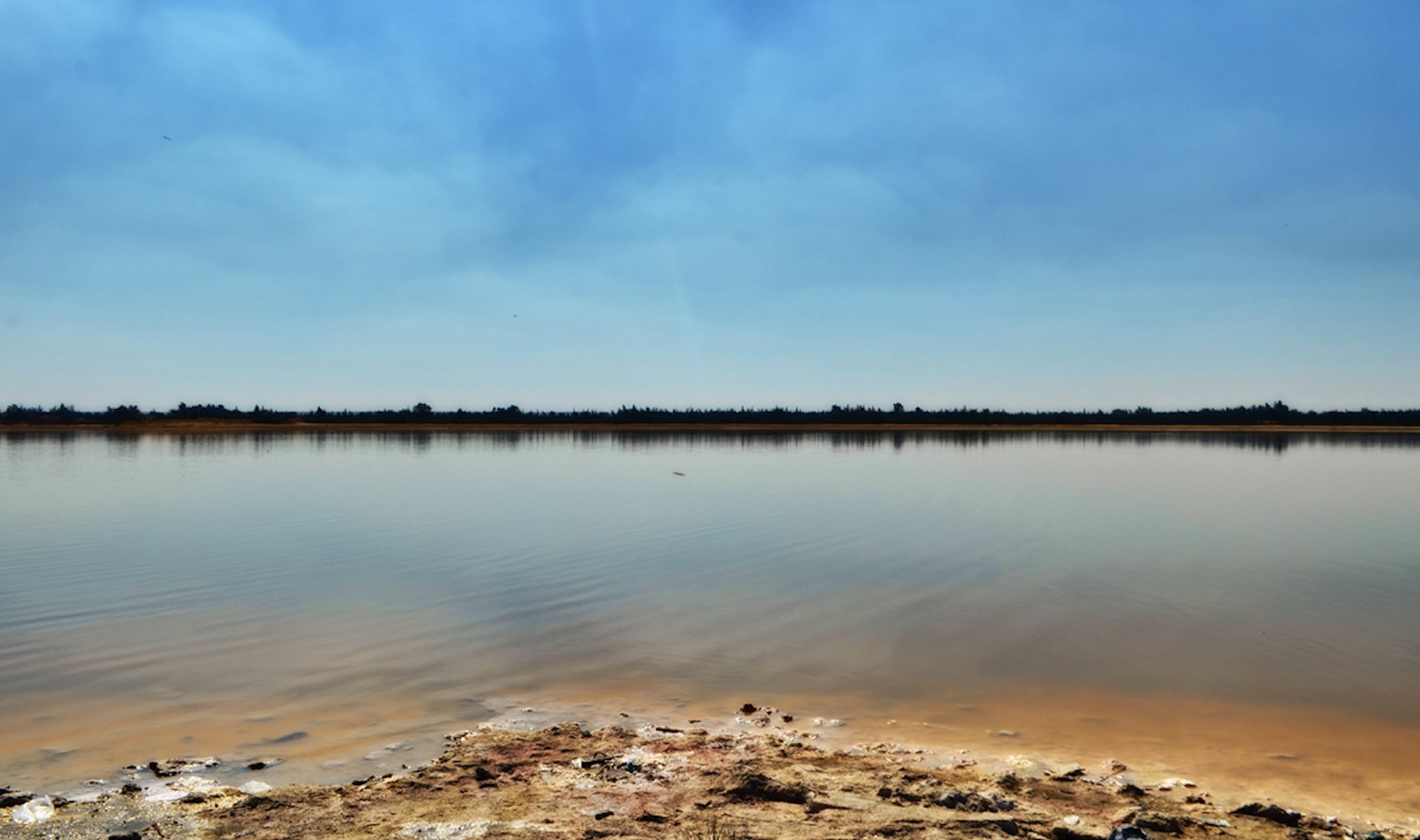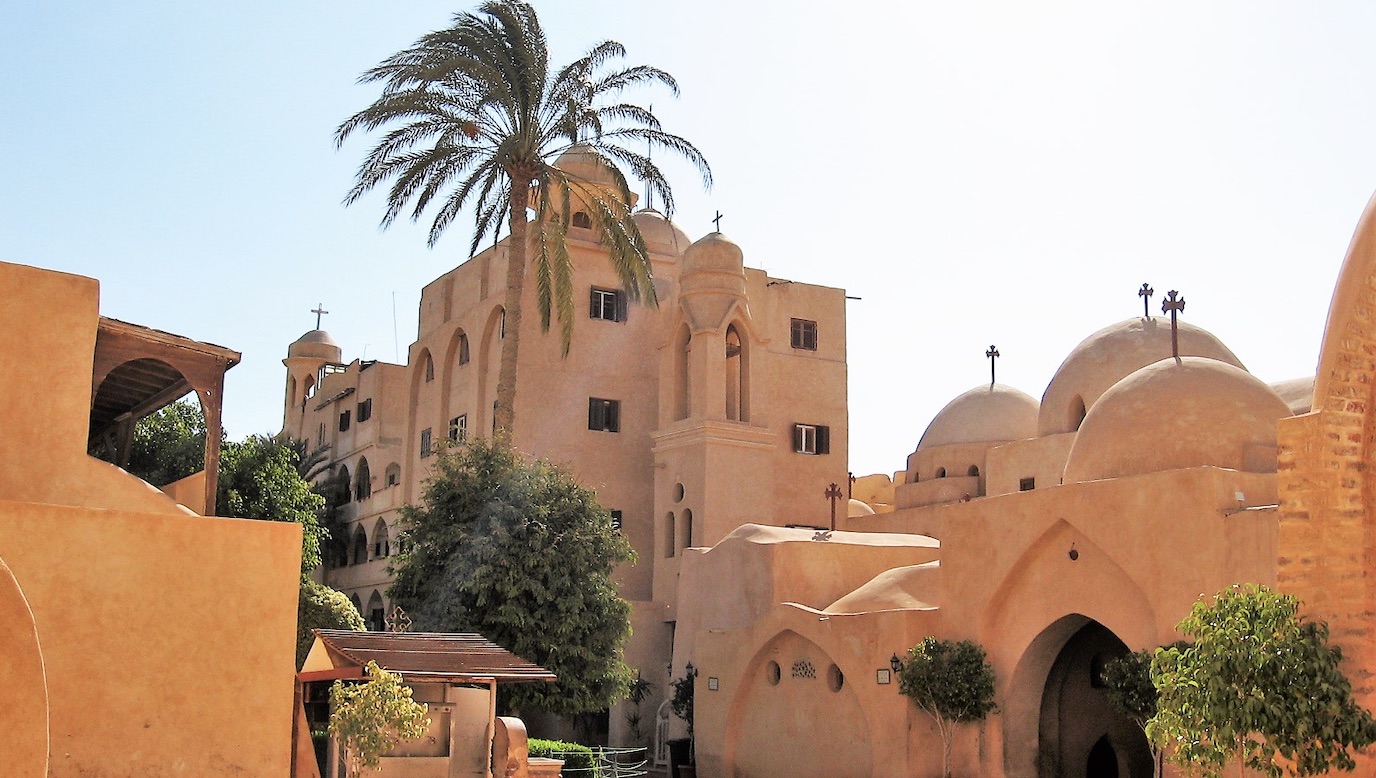On the outskirts of Cairo is a 60 kilometer desert depression called Wadi el-Natrun.
A safe refuge for those who seek solitude, Wadi el-Natrun houses Coptic monasteries that are a testament to the resilience of the Coptic Christian community in Egypt.
Wadi el-Natrun, or the Valley of Salt, dates back to ancient Egypt. The region contains large alkaline lakes that accumulate natron-rich salt deposits.

The mineral was used in the mummification ceremonies in ancient Egypt, and was also used by Egyptian artisans to paint elaborate artworks inside ancient tombs.
The first monastery and religious house was established by St. Macarius the Great in the mid-4th century AD.
The place became a safe haven for men and women, where they lived and prayed together in community. The community later grew in number and became more organized, thus, a thriving monastic system was created.
In the 5th and 6th centuries AD, the many monasteries of the Wadi al-Natrun sustained thousands of monks. They were established in spiritual commemoration of the Holy Family’s passage through the valley.
In Christian faith, it is believed to have special significance to the Holy Family. As the Holy Family traveled west on their journey, they are believed to have passed by Wadi el-Natrun and blessed the place. A well was created in the desert, and Wadi el-Natrun became one of the most sacred Christian sites in Egypt.

Today, four large monasteries – occupied by monks and hermits – remain.
The four monasteries are the Monastery of Anba Makar (St. Macarius), the Monastery of Anba Bishoy (St. Bishoy), Deir al Suryan, (Syrian Monastery), and Deir al-Baramus (Monastery of Virgin St. Mary).

The monasteries are similarly designed and close in proximity – they are surrounded by a high fortified wall that was built for defense against attacks from Bedouins and Berbers.
The area once housed 700 monasteries; however, the four that survived faithfully depict the monastic life established by the desert fathers – a perfect representation of the resilience of the embattled Coptic community in Egypt.
The area became the official residence of the Coptic patriarch and he is usually elected from amongst the Wadi el-Natrun monks.
The tranquility of the place has been tarnished by the construction of the Cairo-Alexandria desert highway in 1936 as well as the rise of urban houses near the area. However, Wadi el-Natrun still bustles with activity, and hundreds of tourists from around the world come to visit the sacred monasteries.







Comments (3)
[…] wichtiger Punkt entlang des Pfades der Heiligen Familie ist das Wadi El-Natrun im Gouvernement Buhaira. Verschiedene staatliche Institutionen arbeiten gemeinsam an […]
[…] وادي اللجوء في مصر: وادي النطرون […]